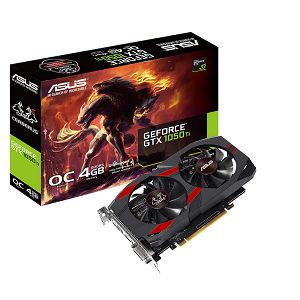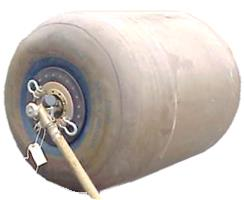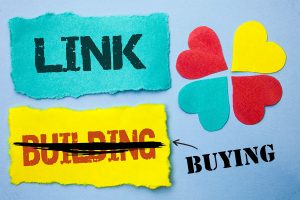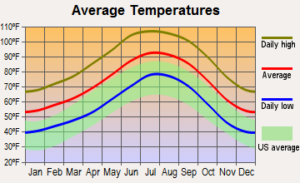
Many buyers feel lost when they decide to invest in this type of technology. 3D printing represents a technological breakthrough and has been changing the global market. Different areas of knowledge and application already use the technology and have huge gains in cost, availability and adaptability. However, how to choose an 3D Printer is still a challenge for both business and home use.

While this technology is used by large companies and organizations, such as NASA, Fiat, and Embraer, a 3D printer can very well solve small business or home problems. So many entrepreneurs are looking for the best printer option in the market for their specific case. In this article, you will find essential tips on how to choose a 3D printer for your need.
Is there a difference between printers?
The first thing you need to know is that in the market there are printers for every application. From decorative parts printing equipment to complex and technical part prints. When it comes to 3D printing, there are 4 main types of 3D printing. Are they:
- FDM – Material Fusion and Deposition
- SLS – Selective Laser Sintering
- SLA – Stereo-lithography
- DLP – Direct Light Processing
Each technique has different mechanisms and different results. To make our post more didactic and lightweight, let’s focus on material melting and deposition technology, FDM, which is the most widely used today.
How to choose a 3D printer?
Now, let’s show you tip so you can buy the best 3D printer for your business and not waste money or time on your choice.
Calculate your available investment
Before you start researching commercially available printers, calculate what investment you have to invest. In our country, there are options from $ 2,000 up to models of $ 25,000.
If you want to buy a hobby printer, for example, choose cheaper entry models. Printers with more aggregate technology have more to offer, but for your application, it’s an investment that won’t make much sense. It’s like buying a BMW to deliver orders. Think about it.
However, if you want to purchase a printer to produce high quality parts with impeccable dimensional control and quality, you need to check the limitations of an input printer.
Set your goal with the 3D printer
This point is crucial. Some printers have usage limitations, either by size, print speed, print quality, or accepted media. Today, PLA is one of the most widely used printing materials in the world. It is biodegradable, easy to print, with good quality for the part.
Can be used on any printer, open or closed, whether or not the table is heated. ABS already has a few different characteristics. Derived from petroleum, this material has excellent mechanical strength and can be used in exposure to temperatures higher than PLA.
However, its use is best indicated in closed printers and, necessarily, with a heated table. If you want to use this material, you should look for printers that have these characteristics.
Other filaments, such as flexible, also have some prerequisites. To use flex, the filament pull system in the printer must not have excessive slack. It is important to define the type of part you want to print and which materials will be used to verify which models accept this material.














